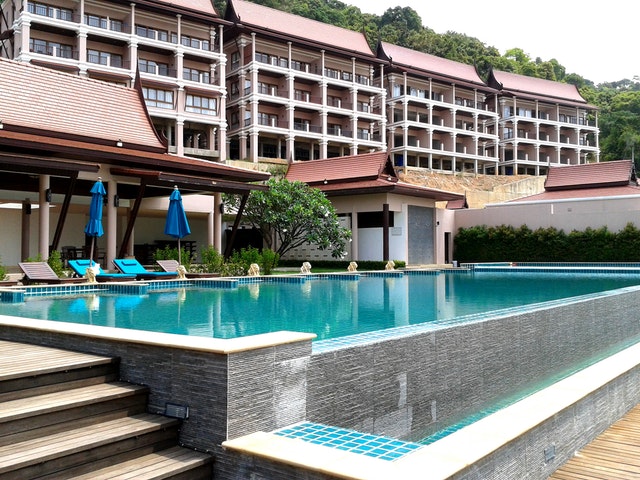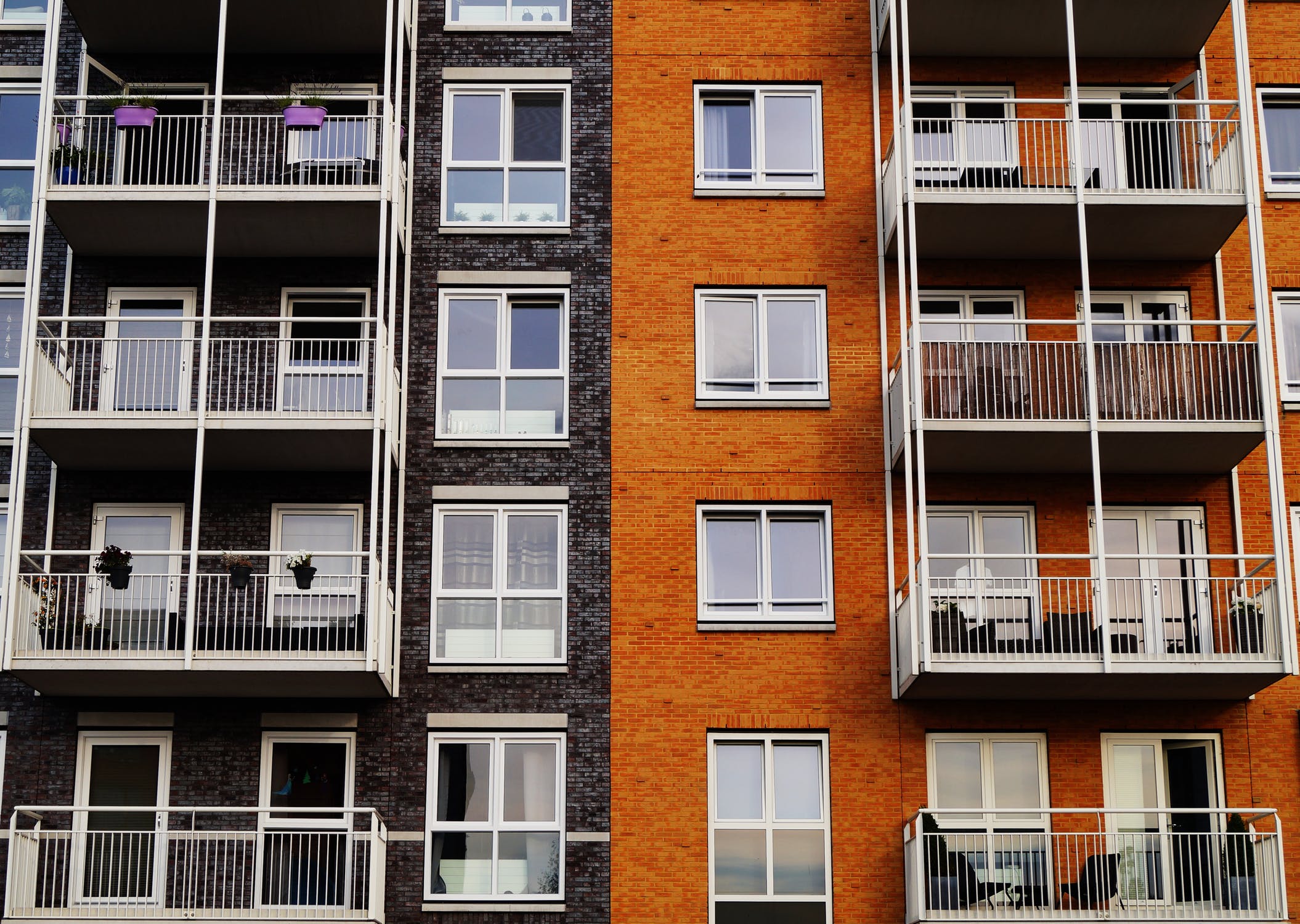There is some debate as to how Chicago came to be called the Windy City; one theory is that the nickname was first used in reference to its boastful citizenry, another that it came about because of its many bloviating politicians. There is also evidence that it is far from the windiest place in the United States — that it is not even the windiest big city. (Boston is.)
There is no denying, however, that it is a blustery place, and that the breezes off Lake Michigan result in frigid, forbidding winters. The average high temperature in January and February ranges between 32 and 34 degrees; the average low is 18 to 20. Chicago also gets 35 inches of snow a year, nine more than the average for all other American cities.
So the question is: If you’re renovating a property, how do you keep making progress during the winter in such a brutal climate?
- Curb your expectations: Understand that your contractor’s work crews and equipment cannot perform at an optimum level in less-than-optimum conditions. Winter puts an extra strain on both.
As a result, you would do well to (pardon the expression) chill. Believe that the work will get done, just not as quickly. The accent needs to be on safety — on workers performing their tasks deliberately and with caution, and machinery being warmed up sufficiently before the day’s work actually begins. This will help prevent accidents and breakdowns.
It is also important to provide workers with warmth and shelter during breaks, for safety and morale.
- Operate from the ground up: In areas where frigid weather occurs, the goal is much the same as it is where milder, rainier weather is the norm during the winter months — to forestall erosion through the planting or retention of vegetation.
In those milder areas, the danger is much more immediate, much more acute — especially on slopes. If vegetation is stripped away from such areas during construction, it could result in mudslides, the formation of gullies and a difficult, expensive clean-up.
In icier climes, the same problems can arise (albeit in late winter or early spring), when ground thaws and snow melts.
Beyond the retention and/or planting of vegetation, other proven water-diversion techniques involve the construction of a curb at the top of a slope and channeling it toward a downspout or channel. On steeper slopes, erosion-control blankets or woodwaste mulch (i.e., a mixture of small pieces of bark, woodwaste and dirt) are often used.
- The Earth is flat: Make sure roadways, walkways and parking areas are level, so that it is easier to clear snow off them during the winter months.
The leveling-off process should be completed before the weather turns. Holes should be filled in, and those that are not should be marked with barricades or berms. Scaffolding, fencing and ladders should be secured.
It is simply too difficult to complete these task after the snow flies.
- Big wheel keep on turning: Make sure the equipment used by you or your contractor is ready for harsh conditions.
The oil needs to be changed to a low-viscosity engine/hydraulic blend, as that can flow faster in colder weather. The coolant ratio, which is ideally 50/50 during the summer months, is best if changed to 70/30 (in favor of coolant) in wintertime.
Proper tire pressure should be maintained, and also checked frequently; low temperatures will reduce the pressure. (If track equipment is available, that is a superior option to its tire-mounted counterpart during the winter.)
Fuel levels should be topped off as much as possible, to prevent condensation from accumulating inside the tank and/or along the fuel lines.
The electrolyte level of the battery should be filled to the indicated level, and the alternator and current require constant attention; ditto for the terminals, which should be debris- and rust-free. And when the equipment is not in use for an extended period of time, it is best to remove the battery and store it in a warm, dry place.
Also (and this cannot be emphasized enough): Avoid charging a frozen battery, as it will normally explode.
- If these walls could talk: Make sure you or your contractor seals cracks in a structure, since they are often the source of as much airflow as open windows. Performing this task not only makes the place more energy efficient; it makes the jobsite a more comfortable, productive place.
It is critical to have a reliable generator on hand, and that that has been checked before cold weather sets in. It is also important that the structure is well-lit, to ensure productivity and safety.
Finally, check to see that pipes are properly insulated, and that the roof and shingles are intact; gutters and downspouts also must be clear of leaves and branches.





